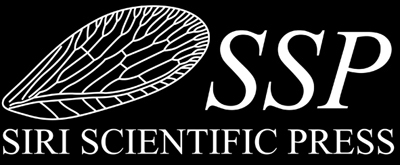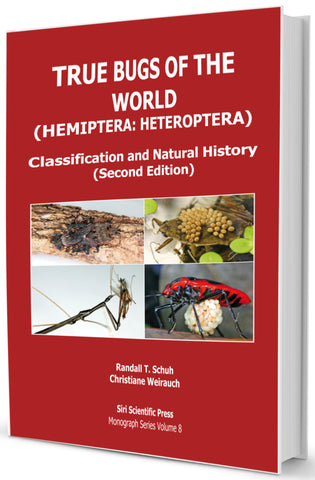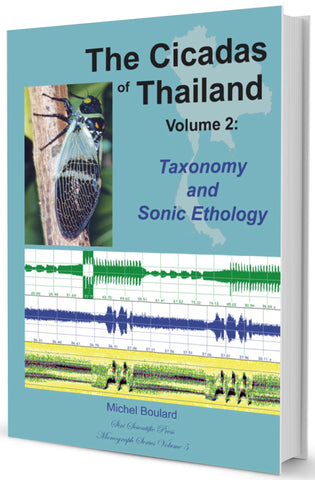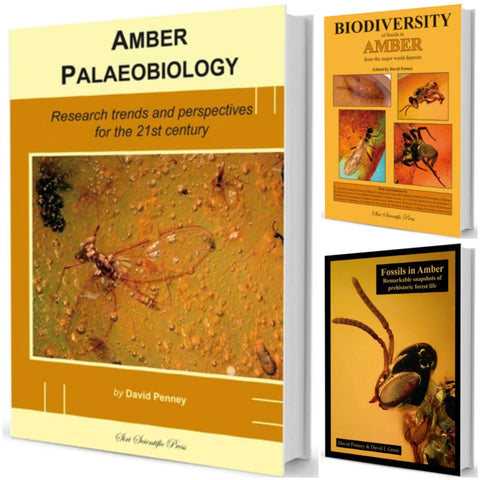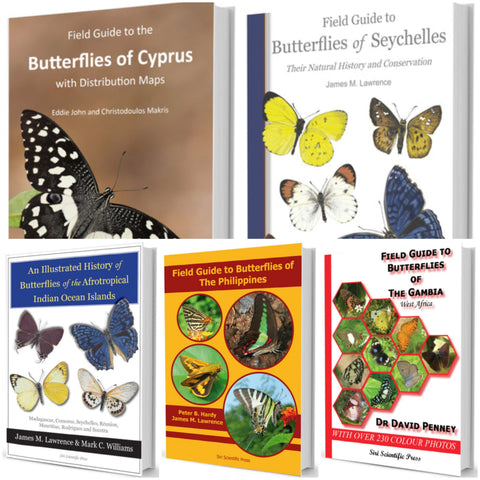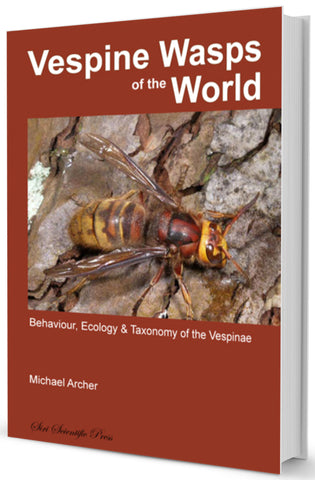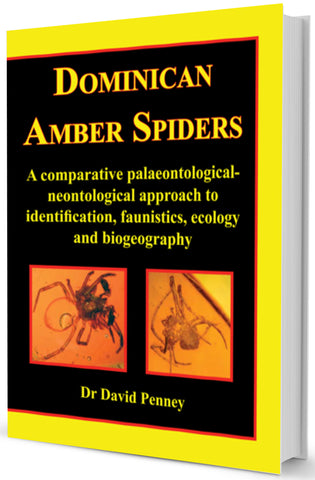
Dominican Amber Spiders: a comparative palaeontological-neontological approach to identification, faunistics, ecology and biogeography
by David Penney
Siri Scientific Press (2008) 978-0-9558636-0-8 RRP £40.00
176 pp, 240 x 170 mm, soft cover, 88 colour photos, 11 black and white photos, 238 illustrations
IN STOCK - Ships Within 24 Hours
Reviews
Prepublication academic review (2008): In summary, this book will be of considerable interest beyond the Dominican amber spider world and represents a very important contribution to studies on Caribbean biogeography and palaeobiogeography, the literature on amber, the fauna of Hispaniola (both fossil and extant), and an identification guide for workers in the Caribbean region. David Penney is undoubtedly the world expert in this field and has compiled a comprehensive synthesis with beautiful illustrations on almost every page, making it a pleasure to the eye. The information is sound and reliable, the bibliography extensive and complete, and the text is authoritative. There is no other work available quite like it and it should be on the shelves of academic libraries and museums, in addition to those of people with a general interest in amber or spiders, both amateur and professional.
PalAss Newsl. (2010): The title might suggest that this is a precisely focused work directed only at those with an interest in fossil spiders. This would be incorrect. The terms of reference established by the book are, as the long title suggests, broad. The copious bibliography indicates the level of synthesis the author has achieved. This volume is an excellent introduction to what can be learned from fossil amber, in this case Dominican amber. Some interesting conclusions can be drawn from considering the assemblage of fossil spiders as a whole, and it is here where Dr Penney’s synthesis emerges at its most satisfying. Considering it is published in a small print run with excellent images, the relatively high cost is expected. It will no doubt serve as a standard reference for some time to come.
From the back cover
The author is a Visiting Research Fellow at the University of Manchester, UK and the leading world expert on fossil spiders preserved in amber and in interpreting what they can reveal about the ecology of the extinct forests in which they lived. In this book Dr Penney uses a unique, integrated approach, which combines and compares information derived from both fossil and living spiders. He provides a comprehensive synthesis of what is known about the Dominican Republic amber spider fauna, much of which is based on his numerous scientific publications in leading international journals. However, the book is not intended solely for academics. It contains more than 300 illustrations including many colour photographs, which should permit the identification of both the fossil and living Hispaniolan spider faunas by both amber collectors and spider enthusiasts. Additional chapters provide full coverage of what is known about the age, geological origins, chemistry and botanical source of Dominican amber and the mining, preparation and distribution processes, which the author has witnessed first hand. Previously unpublished research on historical biogeography should make this book of value to all those interested in the origins of Caribbean biodiversity. The volume also contains an extensive bibliography of more than 350 entries, providing a valuable resource for anybody interested in fossil resins. This book far surpasses anything else available on this subject and is expected to remain the leading reference work for many years to come.
Contents
Introduction
Caught in the act
What are spiders
Spiders in the fossil record
Age, radiations & extinction events
What is the importance of fossil spiders and why study them?
Dominican Republic amber
Some history
A note on terminology
Botanical source & age of Dominican amber
Physical & chemical properties
Tissue & DNA preservation
Authenticity (distinguishing amber from copal & fakes)
The mining process
Methods of preparation & study
Major collections of Dominican amber
Conservation & curation of amber collections
The diversity of Dominican amber inclusions
History of Hispaniolan araneology
The extant fauna
The fossil fauna
Systematic checklist of fossil & extant Hispaniolan spiders
Key to Hispaniolan spider families (fossil & extant)
Family descriptions (52 different families)
Aspects of palaeoecology & historical biogeography
The Miocene Dominican amber forest
Resin as a trap: taphonomy & bias of amber spider inclusions
Comparison of the fossil & extant spider faunas
Origins of the Hispaniolan spider fauna
Predictions for the extant fauna based on the fossil fauna
Other fossil arachnids in Dominican amber
References cited
Index
We Also Recommend
